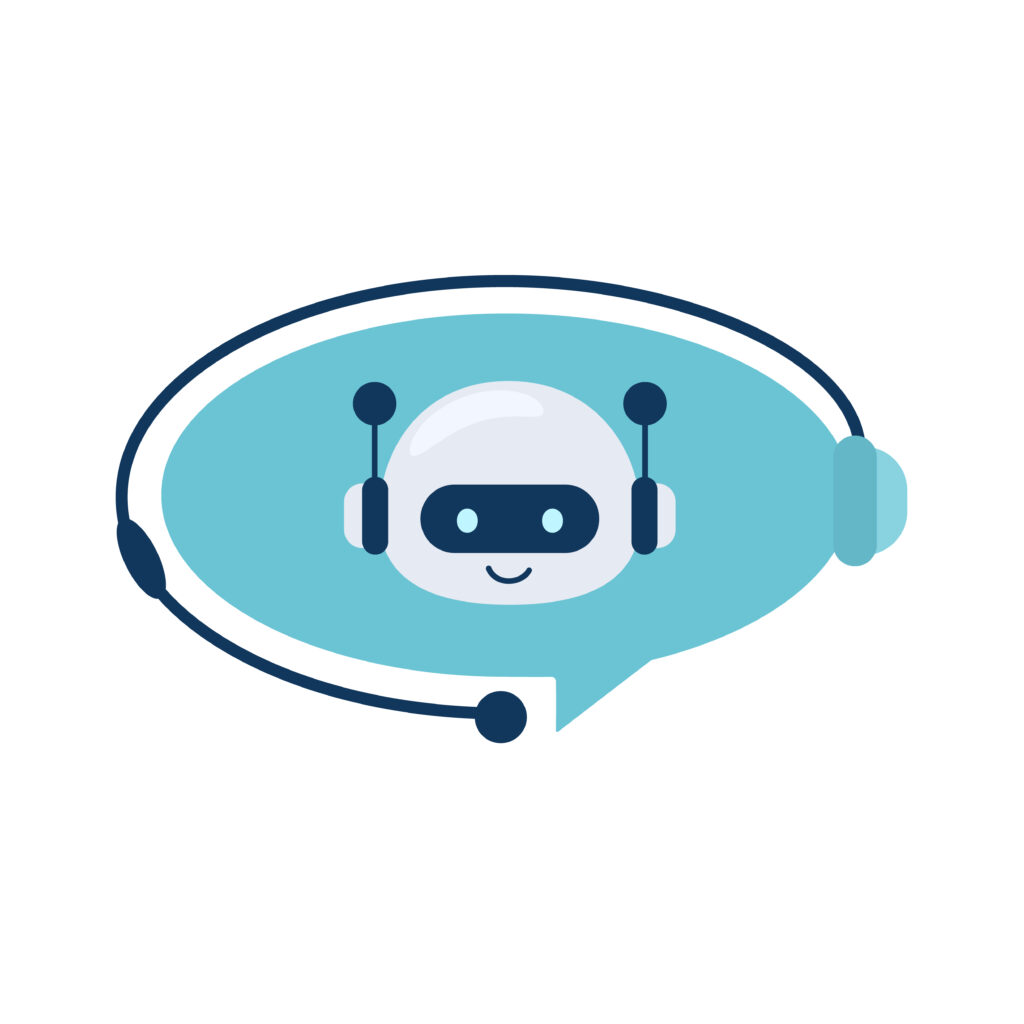It’s no secret that AI is reshaping how people find, evaluate, and interact with brands.
Paid media used to be about finding the right placement for the right audience at the right time, but the way users engage with ads is evolving in real time with the wider adoption of AI. Success in this new environment requires understanding how AI affects both sides of the engagement equation: how users discover brands and how campaigns themselves operate behind the scenes.
The Broad Impact: How AI Is Changing the Way Users Find and Interact with Brands
The traditional search-and-click journey is giving way to a more dynamic, AI-assisted discovery process.
- Instead of typing keywords into search bars, users are increasingly turning to conversational interfaces and smart assistants that synthesize information for them.
- Google AI overviews are taking up the coveted space at the top of SERPS, filtering, summarizing, and curating what users see, often before they ever encounter a paid ad.
- Zero-click searches are rising faster than ever, with users wanting the answer to their queries more immediately and completely than ever.
This shift means users are no longer “finding” brands in the same way. They’re being introduced to them through contextual relevance, credibility signals, and how well the brand’s content aligns with AI’s understanding of intent. As a result, paid media strategies need to account for new discovery surfaces where trust, authority, and clear messaging play a much bigger role.
The Ad Level: How AI Is Changing How Paid Media Campaigns Operate
On the other side of the equation, AI is transforming everything from targeting to optimization when it comes to how paid campaigns operate. Modern ad platforms now rely on machine learning to manage budgets, placements, and creative decisions in ways that were once entirely manual.
Algorithmic optimization has made campaign management both more efficient and more complex. Platforms like Google Ads and Meta now use predictive models to anticipate which users are most likely to engage or convert. This has shifted the marketer’s role from adjusting dials to training systems with better inputs: accurate conversion data, high-quality creative, and clearly defined goals.
AI is also accelerating creative iteration at scale. Marketers can now test ad variations with different headlines, visuals, and tones at a pace that matches how fast audiences evolve. Rather than guessing what will work, AI helps refine messaging dynamically, shortening the feedback loop between concept and conversion.
Meanwhile, attribution and measurement are becoming more sophisticated. AI-driven models can connect the dots across channels and devices, revealing which touchpoints truly drive engagement and better allocating spend.
Taken together, these changes are creating a self-learning advertising ecosystem. But to make ads perform efficiently, marketers must feed these systems with reliable data and strategic oversight. AI is powerful, but it’s only as smart as the signals it receives.
How Brands Can Stay Ahead of These Changes
AI’s impact on paid media isn’t slowing down. The brands that stay ahead will be those that learn how to work with AI, not just through it.
These are some of our top recommendations for advertisers in this new paid media ecosystem:
- Invest in data quality. Every automated system depends on good input. Clean, contextual data gives AI models a clearer understanding of what success looks like for your campaigns.
- Prioritize creative adaptability. AI is constantly testing and learning from audience interactions. The more variations and insights you can provide, the faster it can optimize messaging that resonates.
- Stay close to performance feedback. While automation handles much of the day-to-day optimization, human insight remains critical. Marketers who actively monitor performance signals and respond to what AI learns will compound their advantage over those who take a “set it and forget it” approach.
Looking ahead, AI’s influence on engagement will only deepen. As predictive personalization matures, the focus will shift from responding to user intent to anticipating it. The marketers prepared for that future will be those already thinking beyond impressions and toward the next evolution of attention.
Conclusion: The New Rules of Attention
AI is changing how ads are served and what engagement means. Relevance, trust, and timing are being redefined by intelligent systems that understand users at a deeper level than ever before.
For brands and marketers, this moment is both a challenge and an opportunity. The challenge is to adapt strategies fast enough to keep up with how AI filters and presents information. The opportunity is to use those same technologies to deliver better experiences and meet users exactly where they are.



